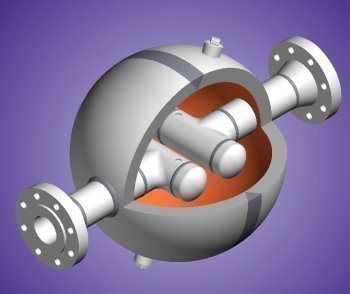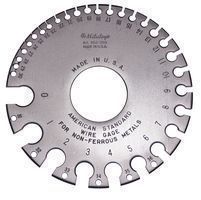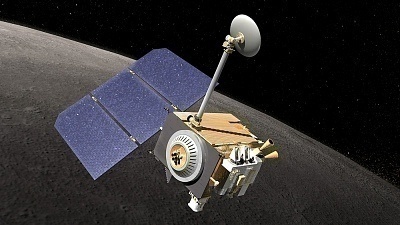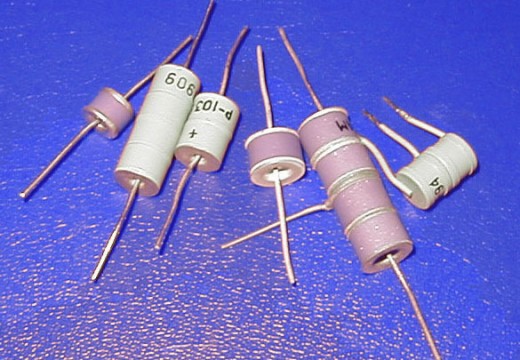A pulsation dampener is a device that can reduce or eliminate the intermittent gaps left in a pressurized system during the system’s discharge stroke. Pulsation dampeners are made for a variety of applications and can be used in virtually all pressurized devices to protect hardware, decrease maintenance costs, decrease down time, increase performance, and increase efficiency. Pulsation dampeners are often used in electronic or mechanical devices that work underwater or in other pressurized environments. While vibrations and hydraulic shock do not usually damage these types of systems, long-term exposure to these conditions can cause the device to work improperly or stop working altogether.
How a Pulsation Dampener Works
There are several different types of pulsation dampeners available on the market, but most involve the use of a “bladder” that sits inside of a chamber filled with a fluid. As the bladder is pulled through the liquid, external pressure causes compressible gases inside of the bladder to rapidly expand against its interior walls, causing the bladder to travel through the fluid to its original position. As the pressure changes momentarily between strokes, the gases inside of the bladder contract to normal and restart the process.
Applications
Pulsation dampeners can be used for a wide variety of purposes. They are used in hydraulic systems in order to keep all of the parts well lubricated and constantly moving. This allows the hydraulic system to stay at a constant pace rather than being slowed down or sped up during operation. Pulsation dampeners also provide a cushion for mechanical equipment and keeps hard surfaces from damaging each other upon impact. They can be found in some engines and also help to decrease the load that a pump has to support.
Advantages
Pulsation dampeners have several advantages. For example, they can be made from many different types of materials such as ethylene propylene, neoprene, and polytetrafluoroethylene. Pulsation dampeners are also flexible and can be fitted for nearly any type of machine or system. A pulsation dampener has a relatively simple design and provides a number of important properties to a system, such as reducing the workload, increasing efficiency, and decreasing down time. This allows more work to be done and more money to be made. Pulsation dampeners also serve the primary function of regulating pressure levels and reducing the number of gaps in between intake and discharge strokes.
Disadvantages
Although pulsation dampeners are generally considered a good asset, they do have several disadvantages. The bladder of a pulsation dampener often contains compressed nitrous oxide or a similar hazardous chemical. Pulsation dampeners can also be expensive and must be purchased for a specific type of system.




mick
do you know where i can buy the software to design the no moving part dampners as shown in your diagram
Hellas
I believe Catia can do it.
http://en.wikipedia.org/wiki/CATIA
http://www.3ds.com/products/catia/